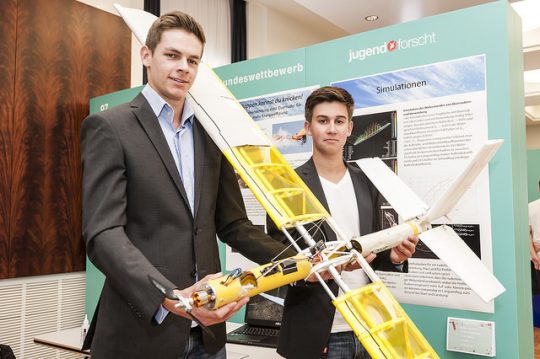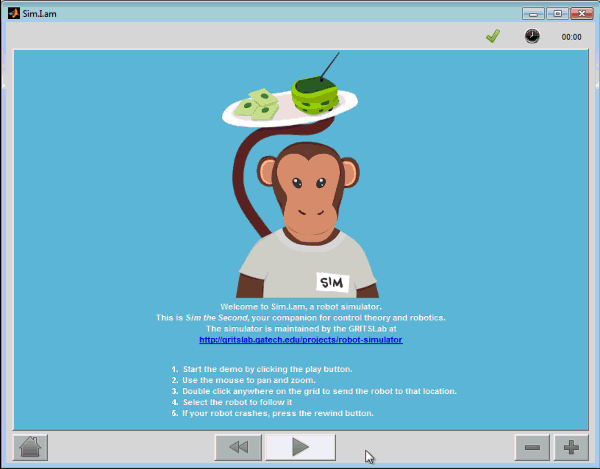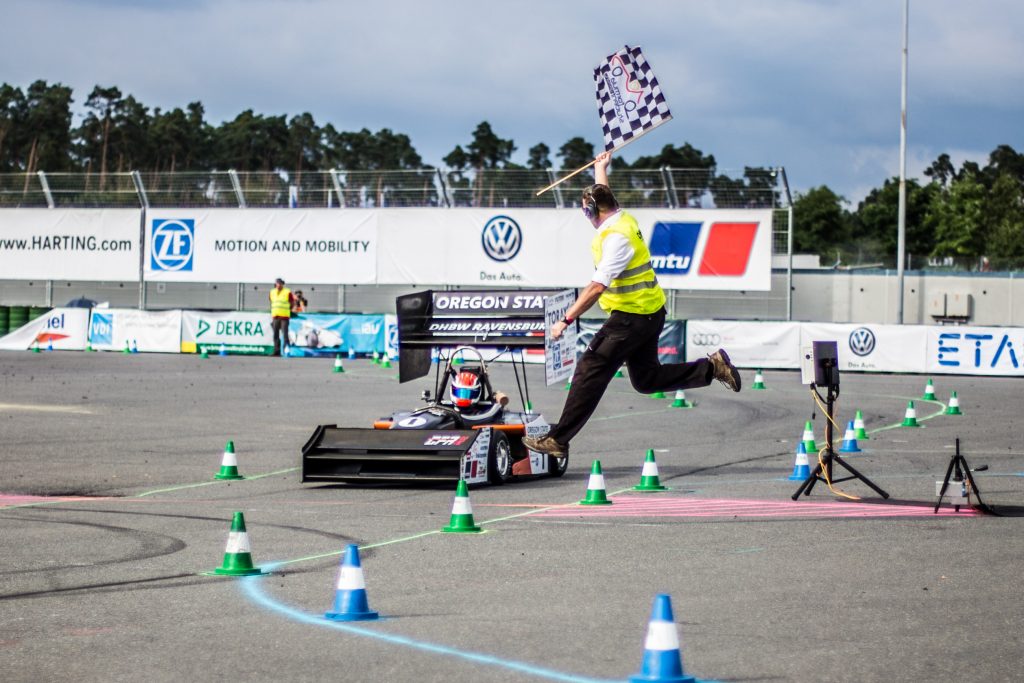Project-Based Learning: Five Key Features To Motivating Students
Many students I know take issue with Plato’s famous quote: “Students are lazy, disengaged and have bad manners” (The Republic VIII, 562b-563e). Stepping back from the ‘bad manners’ accusation, engaging and effectively teaching bored students can be challenging and the reasons behind haven’t become clear to me for quite some time. Reading an article by J.S. Krajcik and P.S. Blumenfeld [1] revealed to me a simple, elegant and truly persuading way- out called “project-based learning”. With that article, let me share my key takeaways and a few supporting examples.
Central to the concept of project-based learning is putting students in an active role, encouraging them to explore a realistic problem in an area of interest to them and without a predefined solution. This is effective when teaching STEM (science, technology, engineering and math) subjects as it brings theory to life and closely mirrors the problem solving required in science, engineering and math careers. Project-based learning also teaches additional skills such as team work and critical thinking, vital for any future career.
Project-based learning environments have five key features, addressed below.
1. A driving question starts the challenge
All problems start with questions. From where does one draw inspiration for those questions? As you read through your social networks (as you are doing now): what makes you stop and read posts but scroll past others? On the one hand, it depends very much on us as individuals, our social environment and our interests. On the other hand there are topics that have broad appeal, such as climate change or the soccer world championship. Mapping that back to our key statement, the logic seems straightforward: identify a “driving question” and hide the key learnings behind it.
I spoke in an earlier post about Formula Student about the importance of student competitions to improve the skill set. This competition also provides an excellent example of how posing a question drives learning. Formula Student is quite complex and as such raises multiple questions; the overarching question set by the organizers is ‘how do teams design and develop a single seat race car, good enough to beat other teams?’ But for students to want to in participate in the year-long event, the question posed to themselves is ‘How do I get the job I want, and differentiate myself from other candidates?’
Another great set of examples comes from LEGO. They are developing fantastic ecosystems around the core education ideas in a department called LEGO education. For example, their content is synchronized with the primary and high school curriculum in many countries such as the UK. They are excellent at story telling to create environments for learners of all ages. There is material for learning math in first grade called “MoreToMath” as well as concepts to teach programming and control design “LEGO Mindstorms” and many more for the wide range in between.
2. Real-world situations help to see the value
In high school math, one of the lessons I faced was understanding the concept of imaginary numbers, stating that multiplying a number with itself leads to a negative number: i * i = – 1. It requires abstract thinking and is certainly not straightforward. When I asked our teacher “Why do we need that?” he was unable to answer. Years later, during my mechanical engineering studies, I was exposed again to imaginary numbers in a course covering electric motors.
Had my high school teacher started his lesson with the application of imaginary numbers as it relates to motors, and then progressed to the theory behind them, I would have been much more interested and inclined to learn. When I am showing students software and hardware demos at competition events I usually start on a high level. As soon as I get them “on board” and they recognize their problem, no matter whether it relates to a robot or race car, it is pretty easy to get them involved. Mostly they see the value and start to ask questions about the underlying fundamentals on their own.
Another example is the game commonly known as Wall Street game. Students are given an imaginary budget that they can invest in stocks to (hopefully) increase their pot of money. Is there any greater motivation than competing against classmates? Students learn about the stock market, risk and probability. This is also sometimes called the flipped classroom – students are engaged through something fun and exciting, before being taught the theory behind it. Tasks should be age appropriate – interesting and exciting to the respective age group.
3. Collaborative Environment
You may have heard that sharing ideas, exchanging feedback, iterating in a group will lead to better solutions. Teamwork sounds great, but it’s not an easy task to get everyone to agree if it does not tie to their objective. A big group with no one taking responsibility for the result might not lead to a great outcome. However, we can’t dispute that complex problems can only be handled in a group and the greater the team collaboration the better the outcome.
Project-based learning is an ideal approach to teach collaboration and teamwork: students learn by doing. Of course, at the beginning it often seems harder to work as part of a team, to fight for the best ideas, and to find common ground or to execute things with distributed workforce. The list of potential problems can be extended easily and often seems endless. Subverting these fears and objections is one of the great outcomes that project-based learning can provide. Consider the impact of receiving feedback from someone you admire, whose judgement you trust: this can be a great reward and a strong motivator that can only be achieved when working in an open and collaborative way.
Formula Student is a great example that highlights the importance of the project-based learning message. Simply the scale of the project could never be handled without effective collaboration and teams get feedback from people in companies they’d like to work for.
4. Growing with excessive demands
It’s a common problem for teachers: how do you enthuse the disengaged while also challenging and fostering talented individuals? Project-based learning meets the needs of different learning styles but also gives students the opportunity to push themselves beyond that demanded by the curriculum. Some might complete the project at its most basic level, but others, when faced with a challenge that interests them, will push themselves above and beyond, thus evolving their learning further.
At nation-wide finals, selected participants of the German science competition Jugend forscht display their projects. Jugend forscht allows young researchers between the age of 15 and 21 years to compete in subject areas such as mathematics / computer sciences, physics or technics. Some of their submissions are fantastic examples of what teenagers are able to achieve when they’re inspired and challenged. As an example, the winning team in the computer science branch used statistics and numerical models to compute light scatter creating realistic images of diamonds. The contest also featured robots moving on one leg and some able to solve Sudoku grids. What these projects all have in common: they go far beyond what is taught in school and the kids participating are passionate about the work.
Source: Bundeswettbewerb Jugend forscht 2015 bei BASF , by BASF (CC BY-NC-ND 2.0)
5. Creating a tangible outcome
What is the motivator driving you to succeed? Is it the recognition from others or a sense of personal achievement? For some it might be money, a valuable prize or a job opportunity. For many, it’s having something tangible to show at the end of the class or day of work.
Whatever the personal motivator is, this reward encourages people to push themselves. Consider the primary school students tasked with programming a robot and the sense of achievement at completing the task as part of a team. Compare that with the university teams competing a Formula Student; at the end of the year-long project they have a single seat race car to show for their efforts, strong job prospects and (hopefully) a prize from the event itself. Having something tangible to show for their efforts drives people and thus their learning.
Conclusion
Teaching methodologies need to support different learning approaches as well as inspiring and engaging students. Project-based learning, incorporating the five columns above, is an effective way to achieve this. By getting students working hands-on, they explore real-world problems and bring theory to life. Key to the success are projects that are fun and inspiring for students – they can work on applications ranging from robotics to signal processing to control systems. In doing so, they’re also learning approaches and skills that are relevant to their future careers. I welcome your thoughts on project-based learning, either from your own experiences, or questions you might have.
Reference:
[1] The textbook The Cambridge Handbook of the Learning Sciences includes a nice chapter authored by J.S. Krajcik and P.S. Blumenfeld which discusses the concept.
 Cleve’s Corner: Cleve Moler on Mathematics and Computing
Cleve’s Corner: Cleve Moler on Mathematics and Computing The MATLAB Blog
The MATLAB Blog Guy on Simulink
Guy on Simulink MATLAB Community
MATLAB Community Artificial Intelligence
Artificial Intelligence Developer Zone
Developer Zone Stuart’s MATLAB Videos
Stuart’s MATLAB Videos Behind the Headlines
Behind the Headlines File Exchange Pick of the Week
File Exchange Pick of the Week Hans on IoT
Hans on IoT Student Lounge
Student Lounge MATLAB ユーザーコミュニティー
MATLAB ユーザーコミュニティー Startups, Accelerators, & Entrepreneurs
Startups, Accelerators, & Entrepreneurs Autonomous Systems
Autonomous Systems Quantitative Finance
Quantitative Finance MATLAB Graphics and App Building
MATLAB Graphics and App Building










Comments
To leave a comment, please click here to sign in to your MathWorks Account or create a new one.